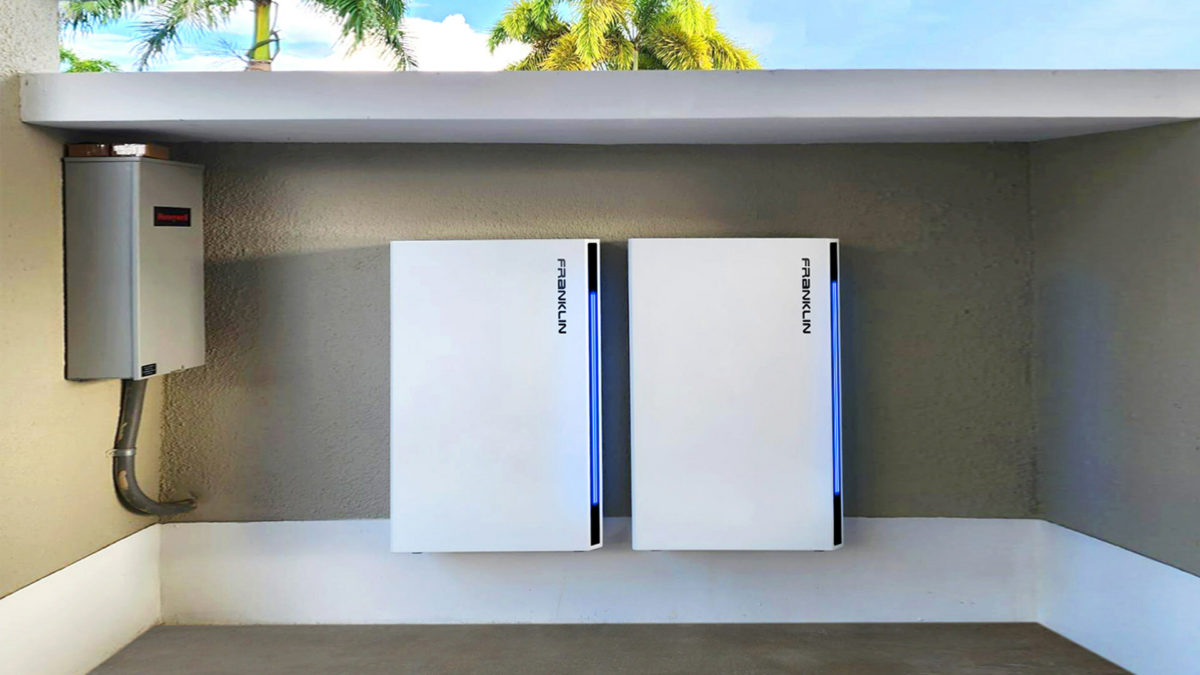Sunnova Energy International announced a partnership with David Energy, a Brooklyn, N.Y.-based retail energy provider, to deploy a virtual power plant (VPP) service called Adaptive Retail in Texas.
The VPP leverages Sunnova’s solar and battery storage systems, optimizing fleet interaction of energy assets connected to the electric grid. By aggregating customer resources, Sunnova can provide a more reliable, flexible source of energy that can respond to changes in demand and market conditions.
“Our Adaptive Retail plan represents a significant departure from the traditional centralized power generation model, putting more control and flexibility in the hands of our customers,” said William (John) Berger, chief executive officer of Sunnova.
Sunnova’s fleet of batteries will respond in real time to David Energy’s electricity modeling software platform, dispatching the fleet in response to wholesale electricity market prices.
David Energy’s platform will allow distributed energy resources to integrate the value of demand response and bid their capacity into the Electric Reliability Council of Texas’s (ERCOT) ancillary markets, tapping into new revenue streams that the company said will help boost customer savings.
“By combining a retail energy plan with software that connects to a broad range of devices many customers already have, David Energy’s platform can turn Texans’ homes into power plants. The potential to bring hundreds of megawatts of much needed flexible capacity to ERCOT via these VPPs in the near future is very real,” said James McGinniss, chief executive officer of David Energy.
Texas has 1.5 GW of rooftop and other small-scale solar, while on a per-capita basis, small-scale solar in Texas trails most of the other ten sunniest U.S. states. Research has found that rooftop solar adoption rises sharply as the value of PV systems to building owners increases.
Texas storm
The value of VPPs in Texas can be exemplified by the Winter Storm Uri event of 2021, when much-higher-than-expected demand caused wholesale market prices to balloon up to the capped rate of $9,000/MW. This led to widespread blackouts and customers receiving energy bills in the multiple-thousands of dollars.
The inability to meet demand was caused by a combination of nonfunctioning natural gas equipment, and congestion on the grid from intense localized energy demand, that caused substations to cut power to stabilize the grid. A study by the Federal Energy Regulatory Commission found 87% of the outages were caused by issues with natural gas supply as uninsulated stations failed to function.
Grid congestion and bottlenecks are an acute problem for Texas. A vast bulk of the large-scale solar projects are in the western, sunnier part of Texas, and are delivered to population centers in the east.
Congestion rents, or the cost of transmission services, are expected to worsen in many areas across ERCOT, despite hundreds of millions of dollars planned to build transmission to alleviate the congestion.
Solar and batteries can serve a critical role in alleviating this congestion, reducing renewables curtailment, smoothing the curve of wholesale market demand spikes, and providing critical backup power in times of crisis.
VPP pilot
In September 2022, ERCOT approved a pilot project to test the efficacy of VPPs to support the grid. The pilot project, ERCOT says, will enable premises with any combination of generation, energy storage, or controllable load with the capability of 1 MW or less to participate in ERCOT’s wholesale markets.
The project will at first enroll up to 80 MW of aggregated resources. Each local aggregation must have the capability to provide at least 100 kW of response, through demand response capability and injection capability. These aggregations will be eligible to provide up to 40 MW of “non-spinning reserve service,” or capacity that can be started or interrupted within 30 minutes as needed.
ERCOT’s goals for the pilot project are to examine how aggregated DERs can support reliability, enhance the wholesale market, incentivize investment, potentially reduce transmission and distribution investments, and support better load management during emergencies.
Following the first one-year phase of the pilot project, ERCOT expects to design additional phases that could expand participation. ERCOT will also study, using data from the pilot project, how different dispatch and pricing schemes could improve its efforts in managing transmission congestion.
“Amazed at how quickly a group of private sector folks designed the bones of Texas’ first distributed energy resource (DER) export program,” said Arushi Frank, U.S. energy markets policy lead at Tesla and co-chair of ERCOT’s DER Task Force. In May 2022, Tesla rallied owners of its home-scale batteries to demonstrate how they could help power the Texas grid.
This content is protected by copyright and may not be reused. If you want to cooperate with us and would like to reuse some of our content, please contact: editors@pv-magazine.com.









By submitting this form you agree to pv magazine using your data for the purposes of publishing your comment.
Your personal data will only be disclosed or otherwise transmitted to third parties for the purposes of spam filtering or if this is necessary for technical maintenance of the website. Any other transfer to third parties will not take place unless this is justified on the basis of applicable data protection regulations or if pv magazine is legally obliged to do so.
You may revoke this consent at any time with effect for the future, in which case your personal data will be deleted immediately. Otherwise, your data will be deleted if pv magazine has processed your request or the purpose of data storage is fulfilled.
Further information on data privacy can be found in our Data Protection Policy.